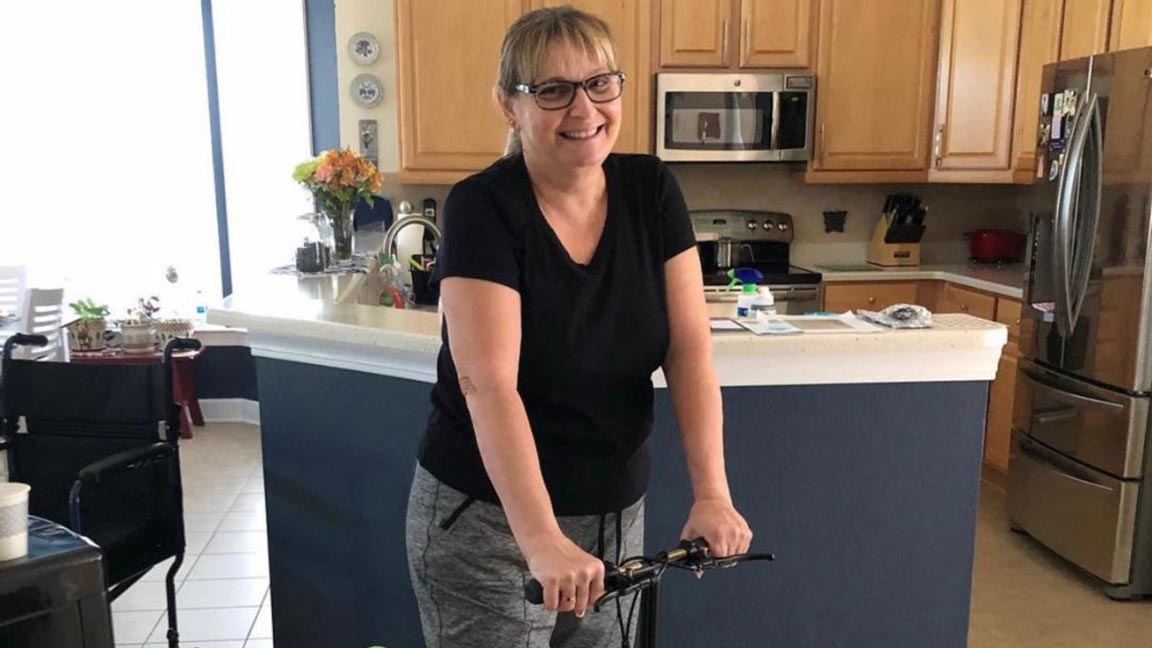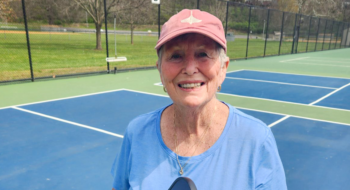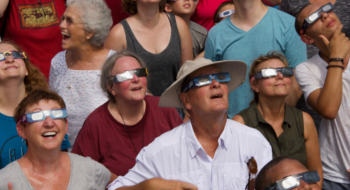Five months after tendon surgery and 19 physical therapy sessions later, Lori Jeanne Pizzo is looking forward to long strolls on the beach again.
The Myrtle Beach resident, 57, isn’t exactly sure how she tore the anterior tibial tendon in her right leg. She suspects she suffered the injury while going up and down a ladder last summer to purge items from her attic.
It’s a project she had been working on with her late husband, Rick, before he lost his battle to heart disease and arteriosclerosis in May 2018. He had developed arteriosclerosis after breathing in toxins as a first responder to the World Trade Center following the Sept. 11 terror attacks. He had been called to help as an employee of a Staten Island power company.
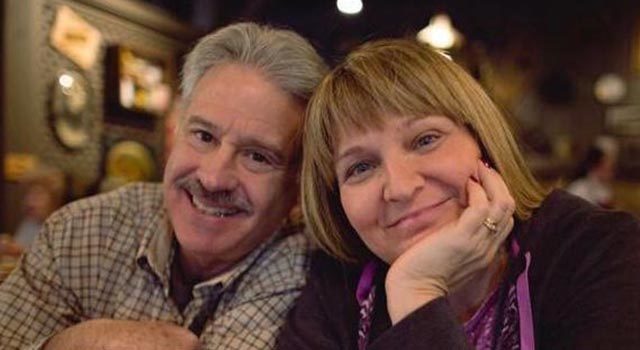
Lori Pizzo lost her husband, Rick, to heart disease and arteriosclerosis in May 2018.
“I ignored the injury at the beginning and just put a bandage on it,” says Pizzo, a New Jersey native who moved to Myrtle Beach with her husband in 2002. “But it got to a point where I was in such pain. And I had no idea what I’d done to it.”
Pizzo hobbled around on her injured leg for six months and even made a trip to Disney World before she could no longer tolerate the discomfort. The anterior tibial tendon is located on the inner front of the ankle and is used to help lift the front of the foot.
New tendon
For help, Pizzo saw Dr. William Whiteside, an orthopedic surgeon at Tidelands Health Orthopedics at Murrells Inlet, who ordered X-rays and an MRI, which confirmed a ruptured tendon.
“It’s rare because she’s kind of young to have this problem,” says Dr. Whiteside. “It’s more common in older people. It can happen from wear and tear and compromised blood supply.”
Usually, people with a tendon tear experience pain or weakness in the leg and attribute it to their back, he says. It’s not always recognizable without imaging diagnostics.
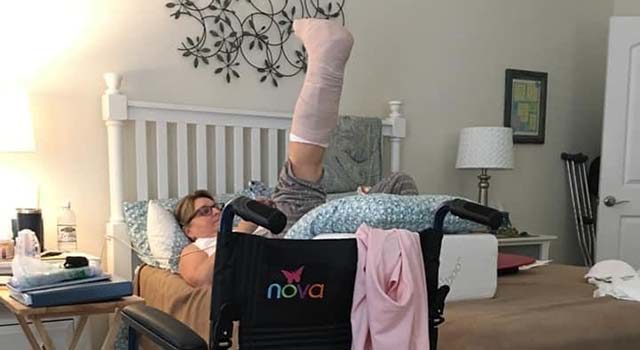
To help her walk without pain, Pizzo's damaged tendon was removed and a cadaver tendon was sewn into its place.
Surgery is often required to repair the injury followed by physical therapy and the use of a brace. In Pizzo’s case, however, the tendon was severely damaged and could not be repaired. A cadaver tendon would be needed to get Pizzo walking again without pain.
During surgery, Pizzo’s damaged tendon was removed, the cadaver tendon was sewn into the tissue and connected to bone in the foot.
“In situations like this, using a cadaver tendon is a great option because you don’t have to take one of the patient’s other tendons and create another incision elsewhere.” Dr. Whiteside says.
Making progress
Pizzo is facing several more months of rehabilitation at home. After the surgery in March, she went through three casts, a boot and physical therapy. She got around using a wheelchair and a walker with help from her mother, who lives nearby. She still wears a brace and completes stretches at home as she works toward full mobility again.
Pizzo praised her physical therapist, Robyn Polk at Tidelands Health Rehabilitation Services at Murrells Inlet, for helping her make such progress.
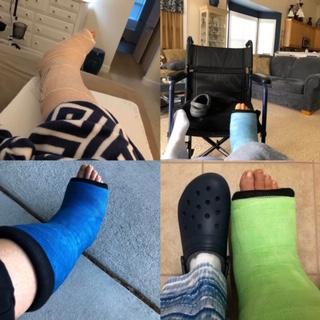
After tendon surgery in March, Pizzo's path to recovery has included three casts, a boot and physical therapy.
“She always motivated and encouraged me,” Pizzo says about Polk.
Polk says Pizzo never missed a session, always arrived ready to work and continues to show great effort while rehabilitating at home.
“Her attention to detail with her home program and excellent compliance allowed us to work on activities like gait training (improving how she walks), stair climbing, balance and progressive strengthening,” Polk says. “Once she was able to walk without a limp, felt comfortable with her home activity and felt safe working on her own, she was good to go.”
Recovery from anterior tibial tendon replacement is slow going and can take up to a year, but Pizzo has made excellent progress. She’s able to drive and scale steps using an ankle and foot brace for support.
“The tendon has incorporated, and her prognosis is very good,” says Dr. Whiteside. “This will be durable for her, and it shouldn’t cause her any problems.”
Finding hope
Before the tendon ruptured, Pizzo was active and enjoyed long walks on the beach hunting for shark teeth. She hopes to scour the beaches again soon and credits her medical team at Tidelands Health for helping her heal.
“Everybody was great and treated me with such care,” she says. “I never felt worried or concerned. Dr. Whiteside was great. I felt at ease with him right away. Before the surgery, I felt this calm come over me, I think because I trusted him.”
Pizzo has a new appreciation for the medical field and her own health since the injury and subsequent surgery.
“It does make you grateful for your working body,” she says. “And it makes me appreciate the fact I’m able to find a good caring health system where they care about you and encourage you.”

Dr. William Whiteside
Orthopedic Surgeon, Tidelands Health Orthopedics
Call to Schedule
Meet the Expert
Dr. William Whiteside
Call to Schedule
